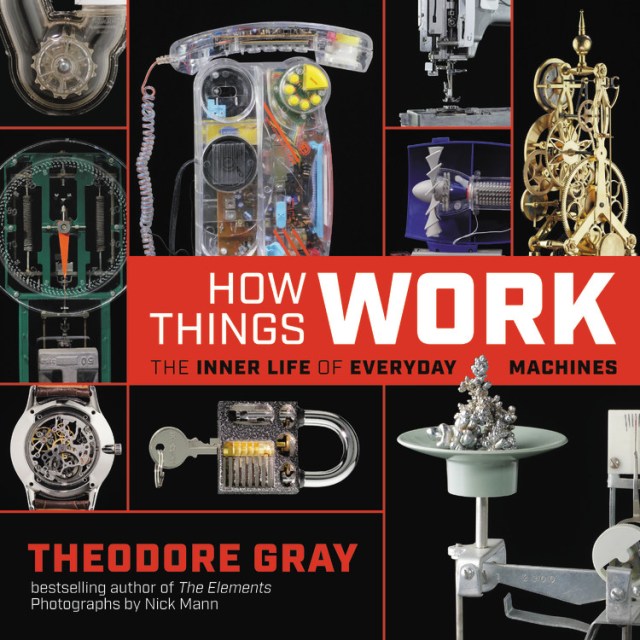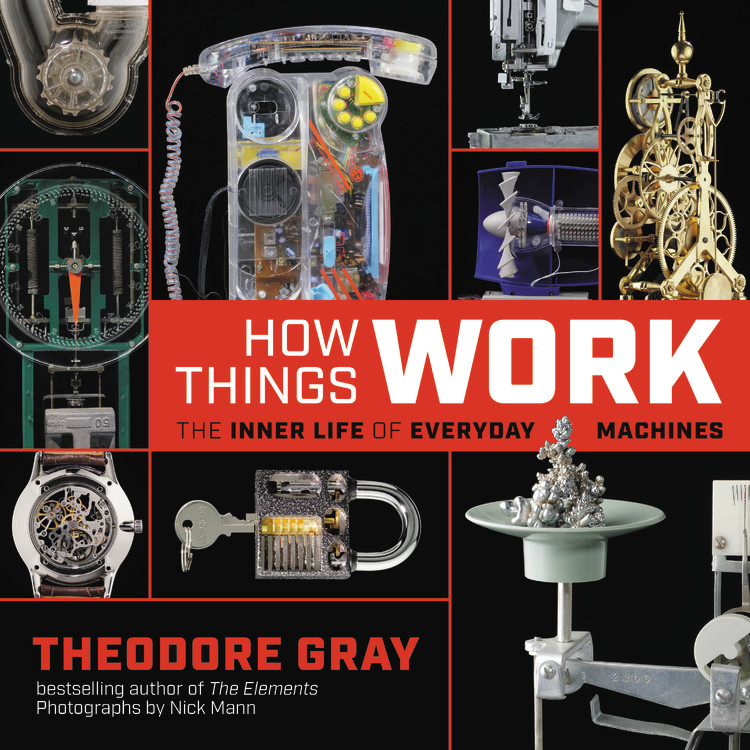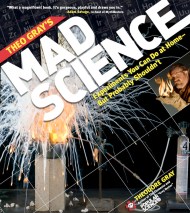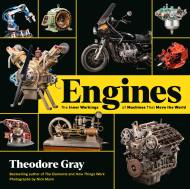Promotion
25% off sitewide. Make sure to order by 11:59am, 12/12 for holiday delivery! Code BEST25 automatically applied at checkout!
By clicking “Accept,” you agree to the use of cookies and similar technologies on your device as set forth in our Cookie Policy and our Privacy Policy. Please note that certain cookies are essential for this website to function properly and do not require user consent to be deployed.
How Things Work
The Inner Life of Everyday Machines
Contributors
Photographs by Nick Mann
Formats and Prices
- On Sale
- Oct 22, 2019
- Page Count
- 256 pages
- Publisher
- Black Dog & Leventhal
- ISBN-13
- 9780316445436
Price
$32.00Price
$41.00 CADFormat
Format:
- Hardcover $32.00 $41.00 CAD
- ebook $11.99 $15.99 CAD
- Trade Paperback $19.99 $24.99 CAD
This item is a preorder. Your payment method will be charged immediately, and the product is expected to ship on or around October 22, 2019. This date is subject to change due to shipping delays beyond our control.
Buy from Other Retailers:
-
"A stunning coffee-table book with detailed photos. [Author] Theodore Gray explores how everyday things work in great detail, going so far as to build some of them himself, and provides a new perspective on these objects that most of us would never have unless we knew them intimately...What Gray did in his previous books about elements, molecules, and reactions, he has now done for the mechanical systems that run our world, and the result is a beautiful appreciation for systems we all often overlook."Ars Technica
-
"Another masterpiece."Boing-Boing
Newsletter Signup
By clicking ‘Sign Up,’ I acknowledge that I have read and agree to Hachette Book Group’s Privacy Policy and Terms of Use







